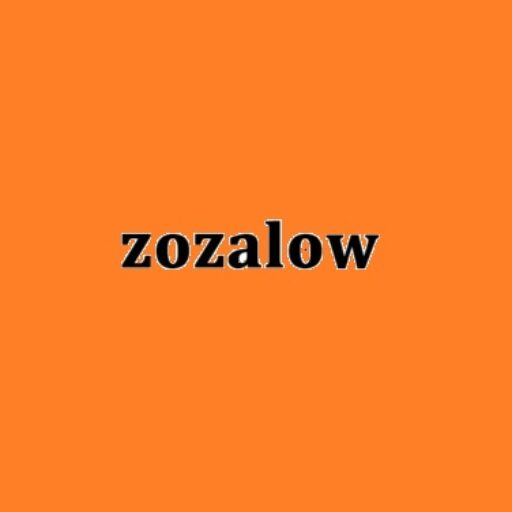In the digital age, a strong online presence is crucial for businesses and individuals alike. Whether you’re a local Waialua business looking to connect with your community or a personal blogger wanting to share your passion, website development is the key to success. In this comprehensive guide, we’ll delve into the five essential stages of website development Waialua, helping you understand the process from start to finish.
Stage 1: Planning and Strategy
Before you dive headfirst into the website development Waialua process, it’s essential to lay a solid foundation through careful planning and strategy. This stage sets the direction for your project and ensures your website aligns with your goals. Here’s what to focus on:
1.1 Define Your Goals
Identify the primary purpose of your website. Are you creating an e-commerce platform to sell locally-made products, or are you establishing an informative blog to promote Waialua’s beauty? Your goals will shape the entire project.
1.2 Target Audience
Know your audience – their preferences, needs, and pain points. Understanding the people you’re trying to reach is crucial for crafting content and design that resonates with them.
1.3 Content Strategy
Map out the content you plan to publish. Waialua-centric articles, images, and videos should be aligned with your goals and audience. Ensure that your content plan supports your website’s objectives.
1.4 Technology Stack
Select the right technology stack for your project. Depending on the complexity of your website, you may choose a content management system (CMS) like WordPress or a custom solution. The choice will impact your site’s performance and maintenance.
1.5 Budget and Resources
Determine your budget for website development Waialua and allocate resources accordingly. Ensure you have the necessary human resources, tools, and finances to support your project throughout its lifecycle.
Stage 2: Design and User Experience
Once your strategy is in place, it’s time to create an aesthetically pleasing and user-friendly website that captures the essence of Waialua. Your website’s design and user experience can make or break its success.
2.1 Wireframing
Start by creating wireframes that outline the layout of your web pages. This helps you visualize the website’s structure and placement of key elements, such as navigation menus and call-to-action buttons.
2.2 Visual Design
Design elements like color schemes, typography, and graphics should reflect the spirit of Waialua. Incorporate images and illustrations that showcase the natural beauty of the area.
2.3 Responsiveness
In a mobile-first world, your website must be responsive. Ensure that your design looks and functions well on various devices and screen sizes, offering a seamless experience to all users.
2.4 User Testing
Before launching your website, conduct user testing to gather feedback. This step helps you identify any usability issues and make necessary improvements, enhancing the overall user experience.
Stage 3: Development
With a solid plan and beautiful design in place, it’s time to bring your website to life. The development stage is where all the coding and technical work occurs.
3.1 Front-End Development
Front-end developers are responsible for building the visible parts of your website. They write HTML, CSS, and JavaScript code to ensure your site looks and functions as intended.
3.2 Back-End Development
Back-end developers create the server side of your website, handling database management, user authentication, and other technical aspects that run behind the scenes.
3.3 Content Management
If you’re using a CMS, this is the stage where you’ll set up the CMS, create content templates, and input your initial content. This step makes it easy for you to manage and update your website in the future.
3.4 SEO Integration
Integrate search engine optimization (SEO) elements into your website, ensuring that it’s optimized for search engines like Google. This helps your site rank higher in search results, making it more discoverable by users.
Stage 4: Testing and Quality Assurance
Before launching your website to the public, it’s crucial to rigorously test it to ensure it functions correctly and is free from issues.
4.1 Functionality Testing
Thoroughly test every aspect of your website, including forms, buttons, and links. Make sure that all interactive elements work as intended.
4.2 Cross-Browser and Cross-Device Testing
Test your website on various web browsers and devices to ensure compatibility. It should look and function well on popular browsers and across different screen sizes.
4.3 Performance Testing
Check your website’s loading speed and performance. Slow-loading websites can frustrate users and impact your SEO ranking.
4.4 Security Testing
Security is of utmost importance. Test your website for vulnerabilities and ensure it’s protected against common cyber threats.
Stage 5: Launch and Maintenance
Congratulations! Your website is now ready to go live. However, the work doesn’t end here. Ongoing maintenance is crucial to keep your website running smoothly and engaging visitors effectively.
5.1 Domain and Hosting
Select a reliable domain name and hosting provider to ensure your website is accessible to the public.
5.2 Launch Strategy
Plan your website’s launch carefully. This may include an announcement on social media, email marketing, or even local events in Waialua.
5.3 Post-Launch Testing
Monitor your website closely after launch to identify and address any issues that may arise once real users start interacting with it.
5.4 Content Updates
Regularly update your website with fresh content to keep your audience engaged and informed about Waialua’s offerings.
5.5 Security Updates
Stay vigilant against security threats by keeping your software and plugins up-to-date. Regularly back up your website to prevent data loss.
Conclusion
Website development Waialua, or anywhere else for that matter, is a multifaceted process that demands careful planning, creativity, technical skills, and continuous effort. By following these five stages – Planning and Strategy, Design and User Experience, Development, Testing and Quality Assurance, and Launch and Maintenance – you can create a captivating and effective online presence that aligns with your goals and resonates with your target audience. Whether you’re promoting the beauty of Waialua or running a local business, a well-developed website can be your key to success in the digital world.
